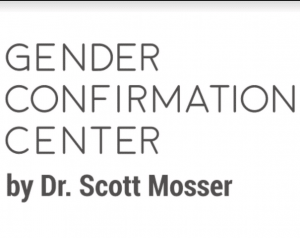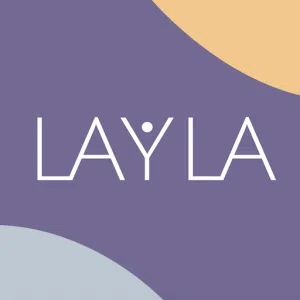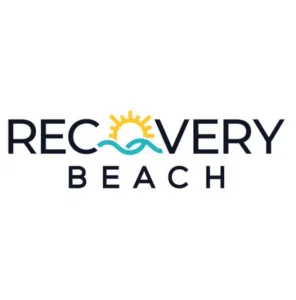Generic Name: Selegiline Hydrochloride
Brand Names: Zelapar, Eldepryl
Drug Class: Antiparkinson Agents, MAO Type B Inhibitors
Similar Class Drugs: Xadago, Azilect
Available Dosage forms: Oral tablet, capsule, and transdermal patch

What is Selegiline?
Selegiline is utilized for the treatment of major depression in adults. Its role as an adjunct in delaying Parkinson’s disease-associated physical impairment sets it apart from drugs with akin chemical composition.1 Dose-dependent mode of action of Selegiline is manipulated according to the condition being treated at hand. At high doses, it has homogenous selectivity for monoamine oxidase A, B, the enzymes implicated in the pathophysiology of major depression. Uncontrolled catabolism of monoamine neurotransmitters by enzymes MAO (A, B) culminates in mood instability, altered metabolism, and ultimately major depression.
The treatment plan aims to increase the availability of mood-stabilizing monoamines by inhibiting the scavenging action of the enzymes.1 High dose of Selegiline is prescribed in major depression to simultaneously block MAO (A, B), which thus assists in repressing depressive symptoms.
Levodopa/carbidopa are considered the first-line agents for managing motor symptoms in Parkinson’s disease, which result from degeneration of dopaminergic neurons in the substantia nigra. Selegiline is prescribed as an adjunct in Parkinson’s disease at lower doses to selectively inhibit MAO B, an enzyme responsible for catabolizing dopamine in the nigrostriatal pathway.
Selegiline relieved depression secondary to Parkinson’s’ disease in MPTP mouse models.2 MPTP is a neurotoxin injected in mouse models to mimic Parkinsonian neurodegeneration. The clinical trial revealed the neuroprotective property of Selegiline and its potential in treating depression in patients with Parkinson’s’ disease.
How to use Selegiline?
Selegiline is available as conventional or orally disintegrating tablets or capsules. It is also available as transdermal patches.
-Initial prescription for Parkinson’s disease is 1.25 mg once a day.
-Gently peel the blister packaging from the back with dry hands
-Take the tablet before breakfast without any liquid
-Immediately place the tablet on top of the tongue, where it will disintegrate in seconds.
-Avoid taking food or drink 5 minutes before or after taking the tablet
-Transdermal patches of Selegiline can be applied directly to the skin
-If your doctor prescribes a transdermal patch, dry the area and apply the patch
-Ask your doctor about the time you need to leave the patch on your skin
What are the side effects of Selegiline?
Most common side effects:
-Headache
-Dizziness
-Constipation
-Dry mouth
-Nausea
-Insomnia
-Skin irritation
Other adverse effects:
-Serotonin syndrome
-Allergic reaction
-Hypertensive crisis
-Orthostatic hypotension
-Manic episodes
-Suicidal behavior
Who should not use Selegiline?
People with the following conditions should not use Selegiline:
-Hypersensitivity to Selegiline
-Those with prescription of Meperidine and other opioids
References
- Moore JJ, Saadabadi A. Selegiline. [Updated 2020 Aug 29]. In: StatPearls [Internet]. Treasure Island (FL): StatPearls Publishing; 2021 Jan-. Available from: https://www.ncbi.nlm.nih.gov/books/NBK526094/
- Okano M, Takahata K, Sugimoto J, Muraoka S. Selegiline Recovers Synaptic Plasticity in the Medial Prefrontal Cortex and Improves Corresponding Depression-Like Behavior in a Mouse Model of Parkinson’s Disease. Front Behav Neurosci. 2019;13:176. Published 2019 Aug 2. doi:10.3389/fnbeh.2019.00176










